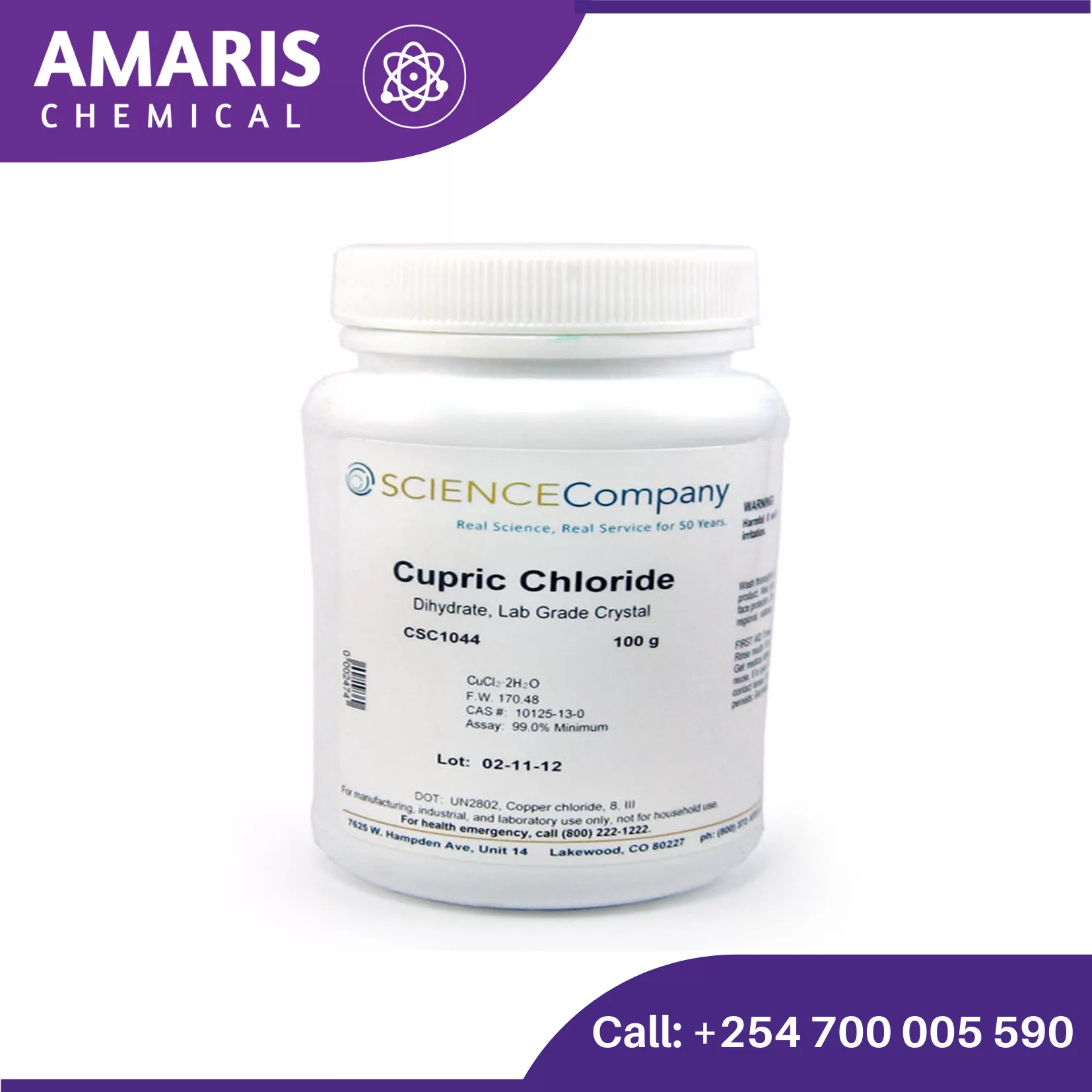
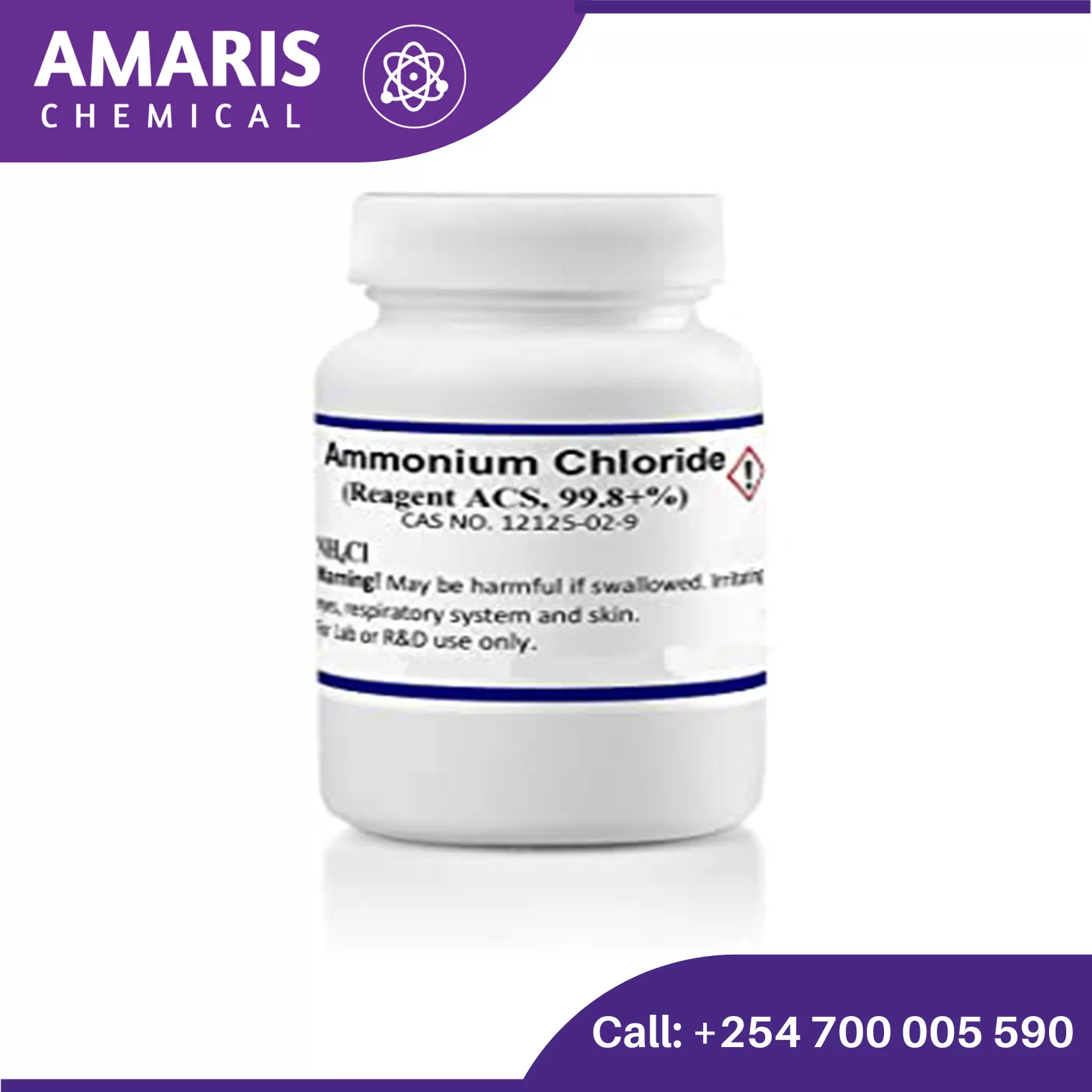
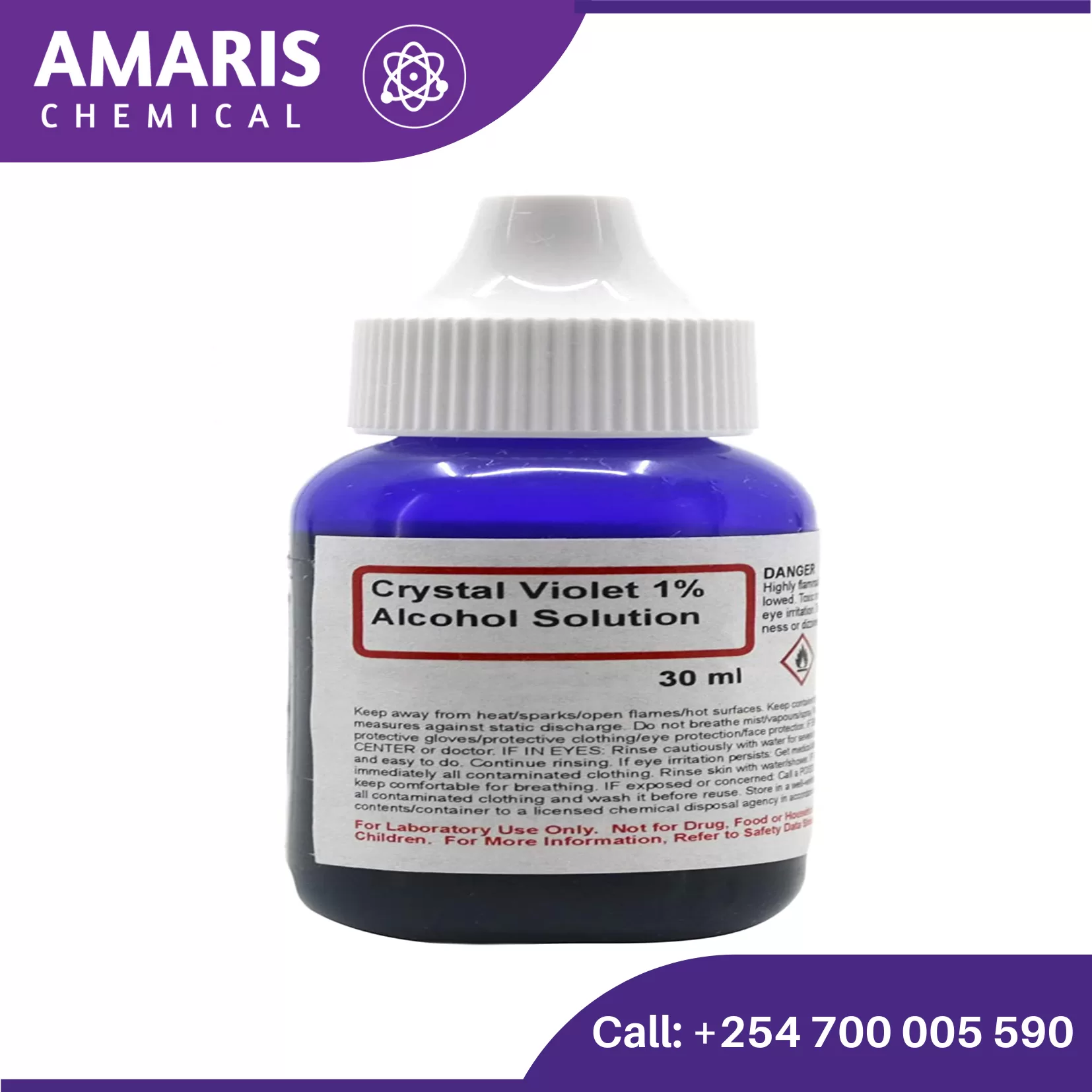
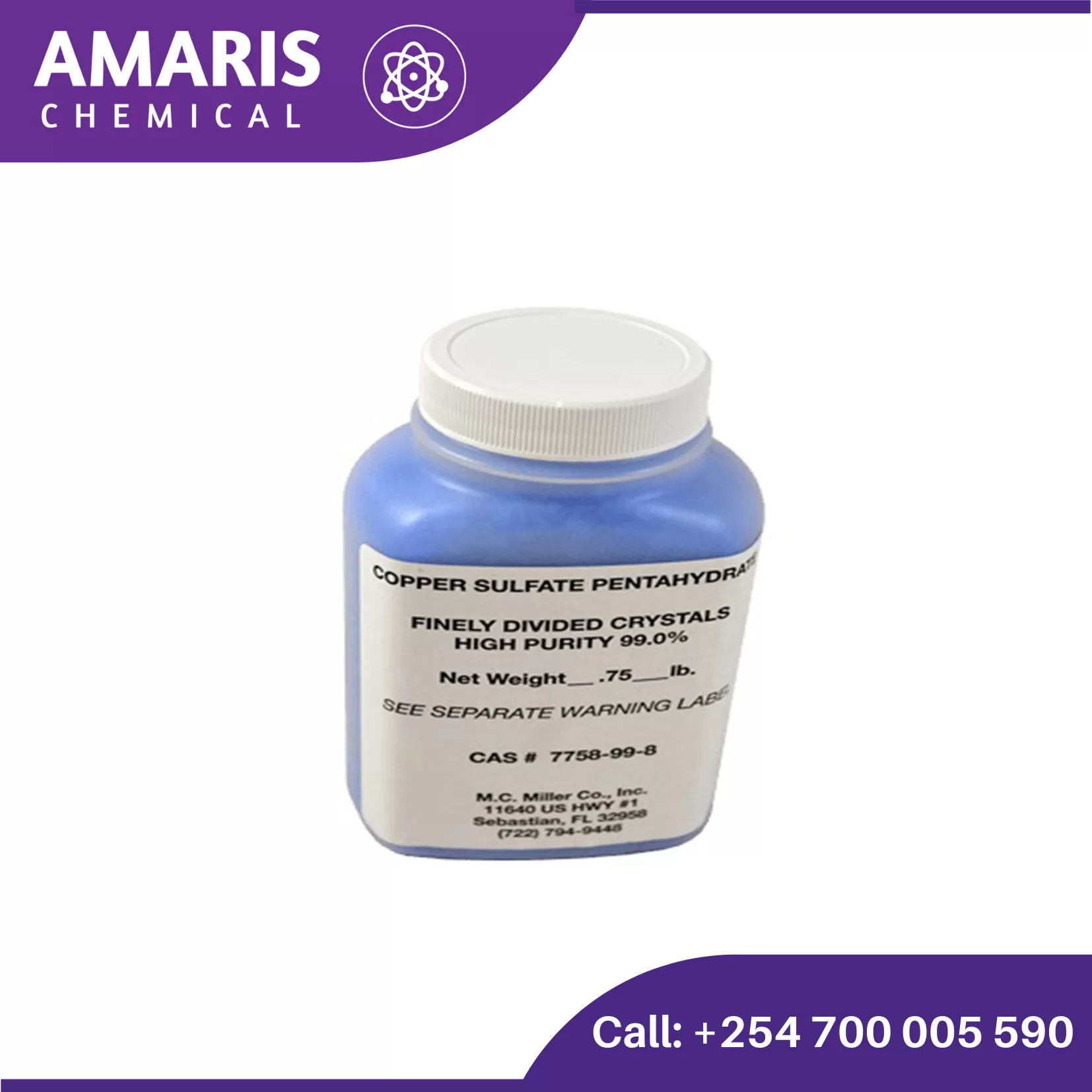
Cupric Chloride 250gm
$2,500.00 Original price was: $2,500.00.$2,300.00Current price is: $2,300.00.
Cupric chloride, also known as copper(II) chloride, is a chemical compound with the formula CuCl₂. It appears as a yellowish-brown powder in its anhydrous form and turns into a blue-green crystalline solid when hydrated. This compound is highly soluble in water, forming a blue solution.
Properties:
- Chemical Formula: CuCl₂
- Molecular Weight: 134.45 g/mol
- Appearance: Yellowish-brown powder (anhydrous), blue-green crystals (hydrated)
- Solubility: Highly soluble in water and ethanol
Uses of Cupric Chloride
Catalysis in Organic Reactions:
Cupric chloride is used as a catalyst in various organic synthesis reactions. It can facilitate oxidation reactions and is commonly used in the Sandmeyer reaction, where it helps convert diazonium salts into aryl halides.
Preparation of Other Copper Compounds:
It serves as a precursor for the synthesis of other copper compounds. For example, it can be used to produce copper(I) chloride (CuCl) and other copper complexes.
Analytical Chemistry:
Cupric chloride is utilized in qualitative and quantitative analysis. It can be used to test for the presence of reducing sugars, as it reacts with them to form a reddish precipitate of copper(I) oxide.
Electrodeposition:
In electroplating and electroforming, cupric chloride solutions are used to deposit copper onto surfaces. This process is essential for creating copper coatings and for manufacturing printed circuit boards.
Etching Agent:
Cupric chloride solutions are used to etch metals, particularly in the production of printed circuit boards (PCBs). It helps remove unwanted copper from the board, leaving behind the desired circuit pattern.
Staining in Microscopy:
In biological and medical laboratories, cupric chloride can be used as a staining agent for microscopic examination of tissues. It helps to highlight specific structures within the samples.
Synthesis of Coordination Compounds:
Cupric chloride is used in the preparation of various coordination compounds and complexes in inorganic chemistry research.
Water Treatment Studies:
It is used in laboratory studies related to water treatment and purification processes, particularly in the removal of sulfur compounds and other contaminants.
Demonstration of Chemical Principles:
Cupric chloride is often used in educational settings to demonstrate chemical principles such as redox reactions, solubility, and complex formation.


MAECENAS IACULIS
Vestibulum curae torquent diam diam commodo parturient penatibus nunc dui adipiscing convallis bulum parturient suspendisse parturient a.Parturient in parturient scelerisque nibh lectus quam a natoque adipiscing a vestibulum hendrerit et pharetra fames nunc natoque dui.
ADIPISCING CONVALLIS BULUM
- Vestibulum penatibus nunc dui adipiscing convallis bulum parturient suspendisse.
- Abitur parturient praesent lectus quam a natoque adipiscing a vestibulum hendre.
- Diam parturient dictumst parturient scelerisque nibh lectus.
Scelerisque adipiscing bibendum sem vestibulum et in a a a purus lectus faucibus lobortis tincidunt purus lectus nisl class eros.Condimentum a et ullamcorper dictumst mus et tristique elementum nam inceptos hac parturient scelerisque vestibulum amet elit ut volutpat.
You may also like…
Ammonium Cupric Chloride
Cupric Carbonate 500gm
Cupric Oxide 100gm
Properties:
- Chemical Formula: CuO
- Appearance: Black or dark brown powder.
- Molecular Weight: 79.545 g/mol
- Melting Point: 1,326 °C (2,419 °F)
- Density: 6.315 g/cm³
- Solubility: Insoluble in water but soluble in acids.
Production:
Cupric oxide can be produced by several methods, including:- Thermal Decomposition: Heating copper(II) nitrate, copper(II) carbonate, or copper(II) hydroxide in the absence of oxygen.
- Direct Oxidation: Heating metallic copper in the presence of oxygen.
Cupric Sulphate Anhydrous
Cupric Sulphate Pentahydrate
Related products
Acetaldehyde
- Chemical Structure: Acetaldehyde consists of two carbon atoms, one oxygen atom, and four hydrogen atoms. Its structure is CH3CHO, where the carbon atom in the middle is doubly bonded to an oxygen atom and singly bonded to a hydrogen atom and a methyl group (CH3).
- Occurrence: Acetaldehyde can be found naturally in various ripe fruits, coffee, and heated milk. It is also produced by the oxidation of ethanol (alcohol) by enzymes in the liver and other tissues in humans, making it an intermediate product in alcohol metabolism.
Agar Agar Powder
Aluminum Potassium Sulphate 500gm
Physical Properties:
- Appearance: Colorless, transparent crystals or white powder.
- Solubility: Soluble in water but insoluble in alcohol.
- Melting Point: Decomposes at high temperatures before melting.
Chemical Properties:
- Molecular Formula: KAl(SO₄)₂·12H₂O
- Molecular Weight: 474.39 g/mol (for the dodecahydrate form)
- Acidity: It is slightly acidic in aqueous solution.

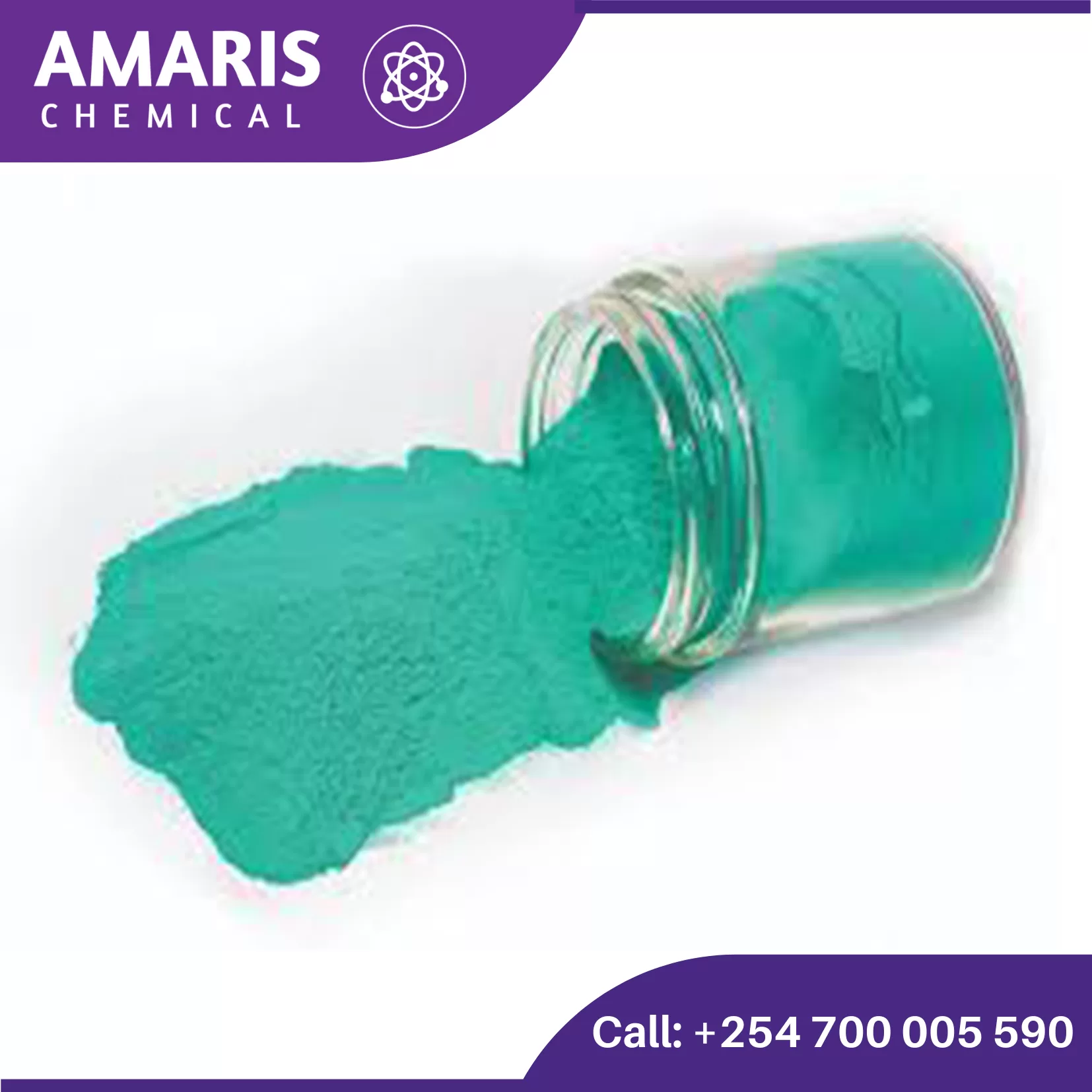
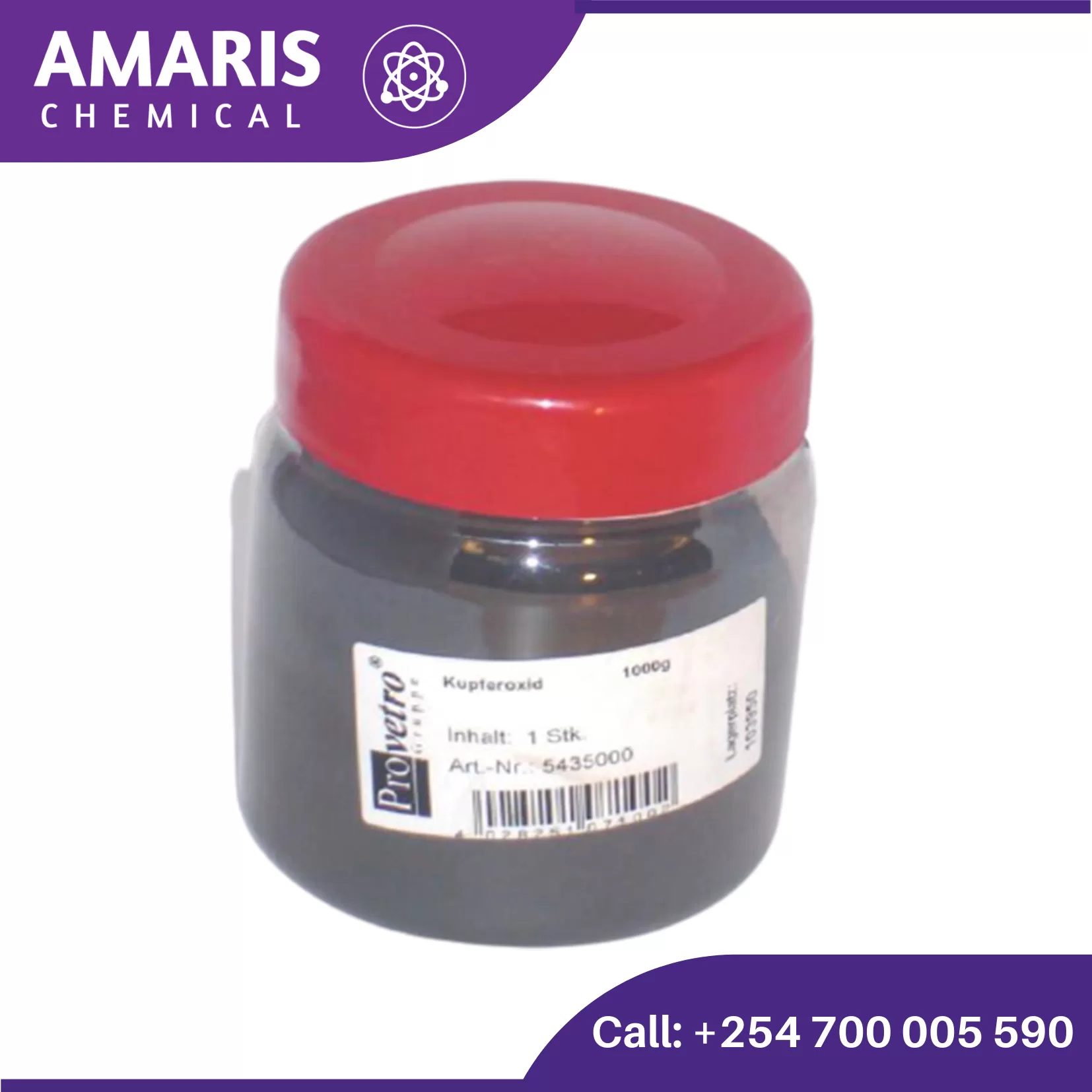
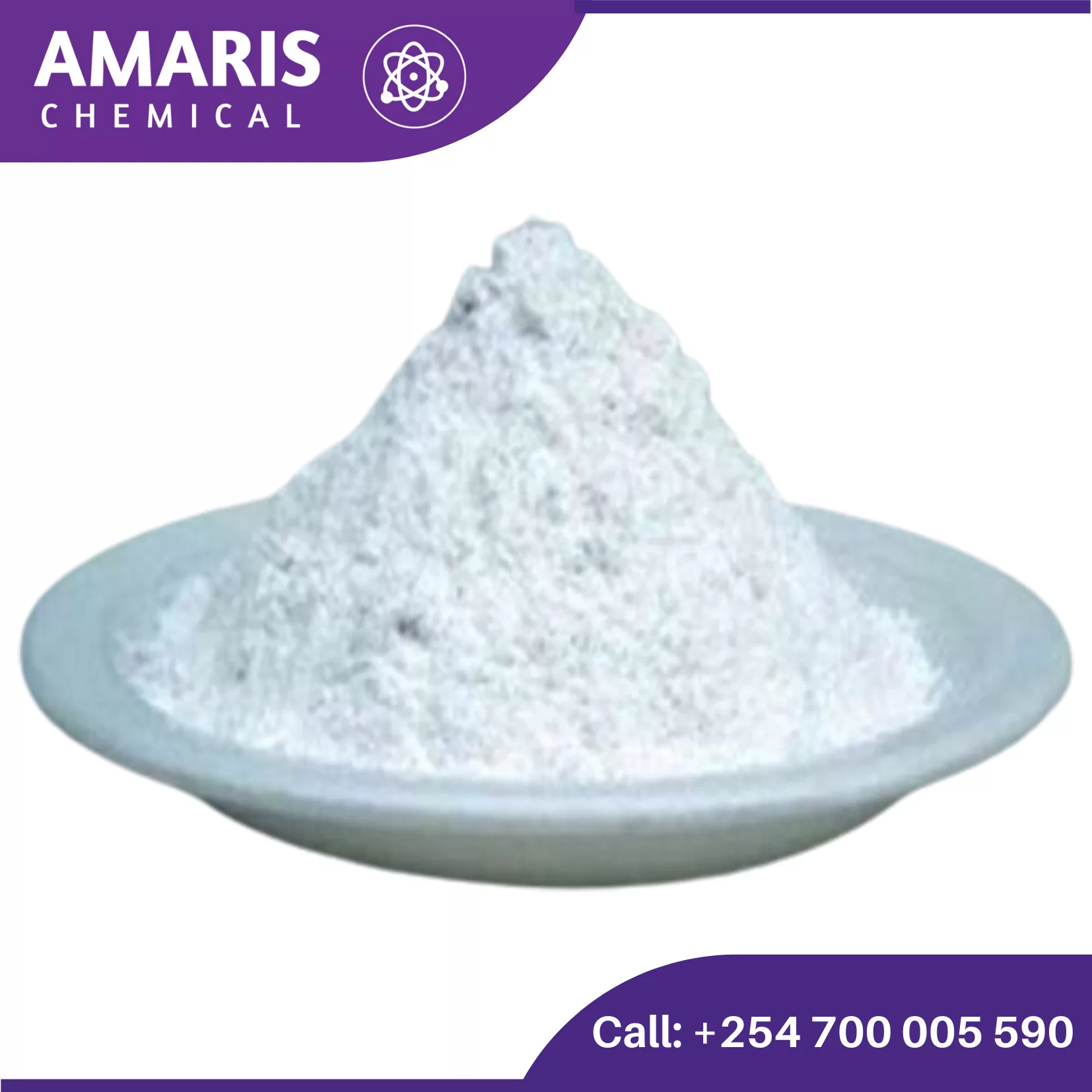
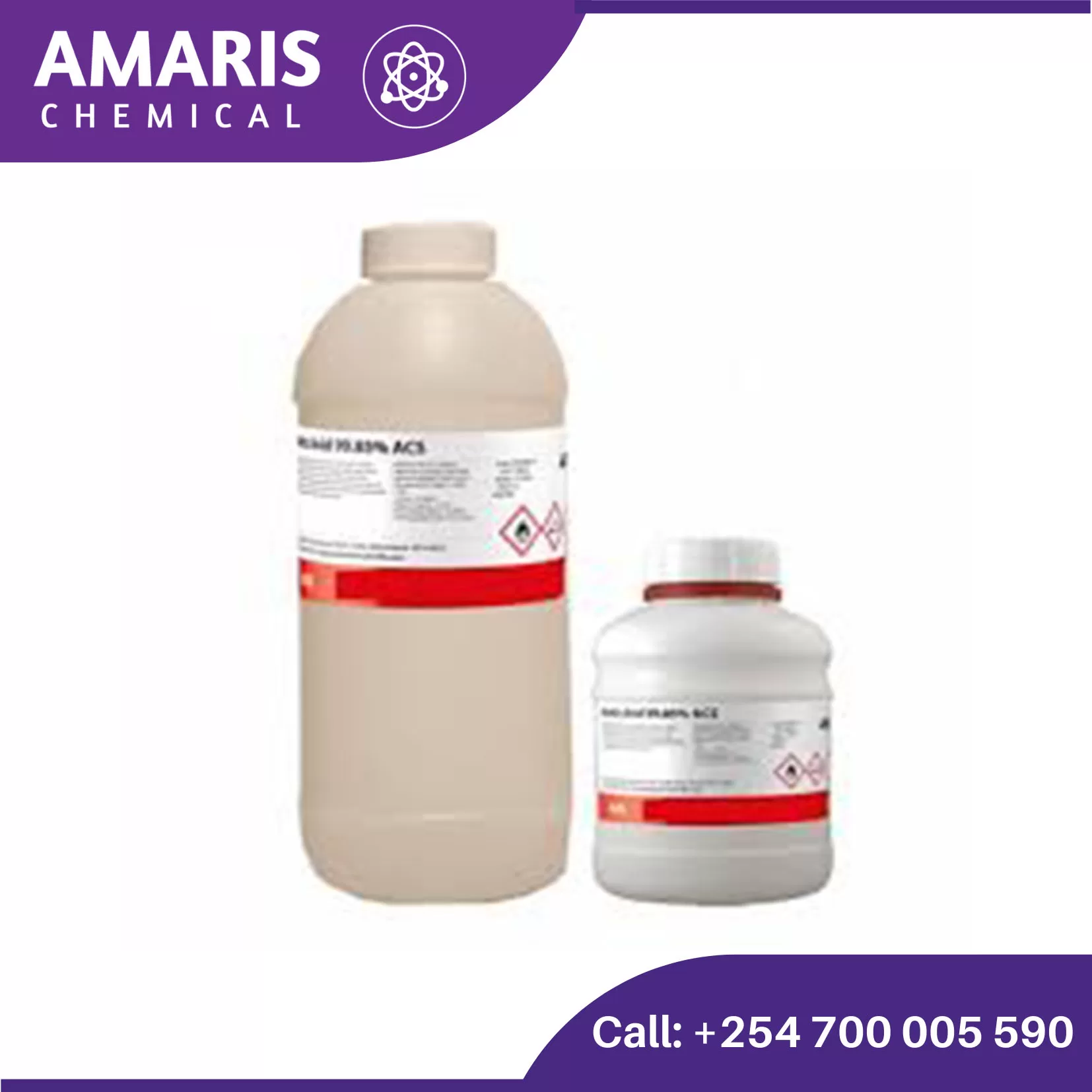

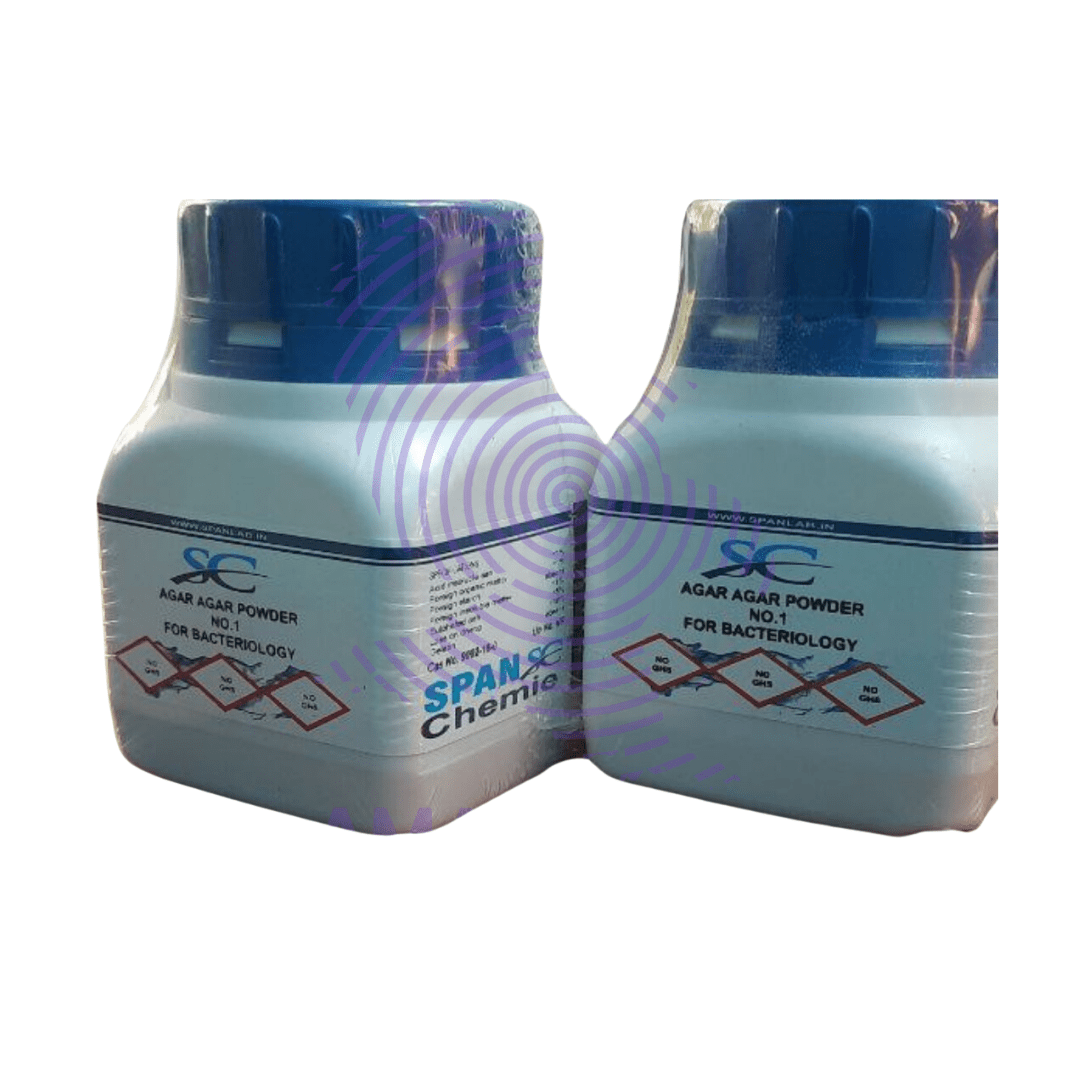
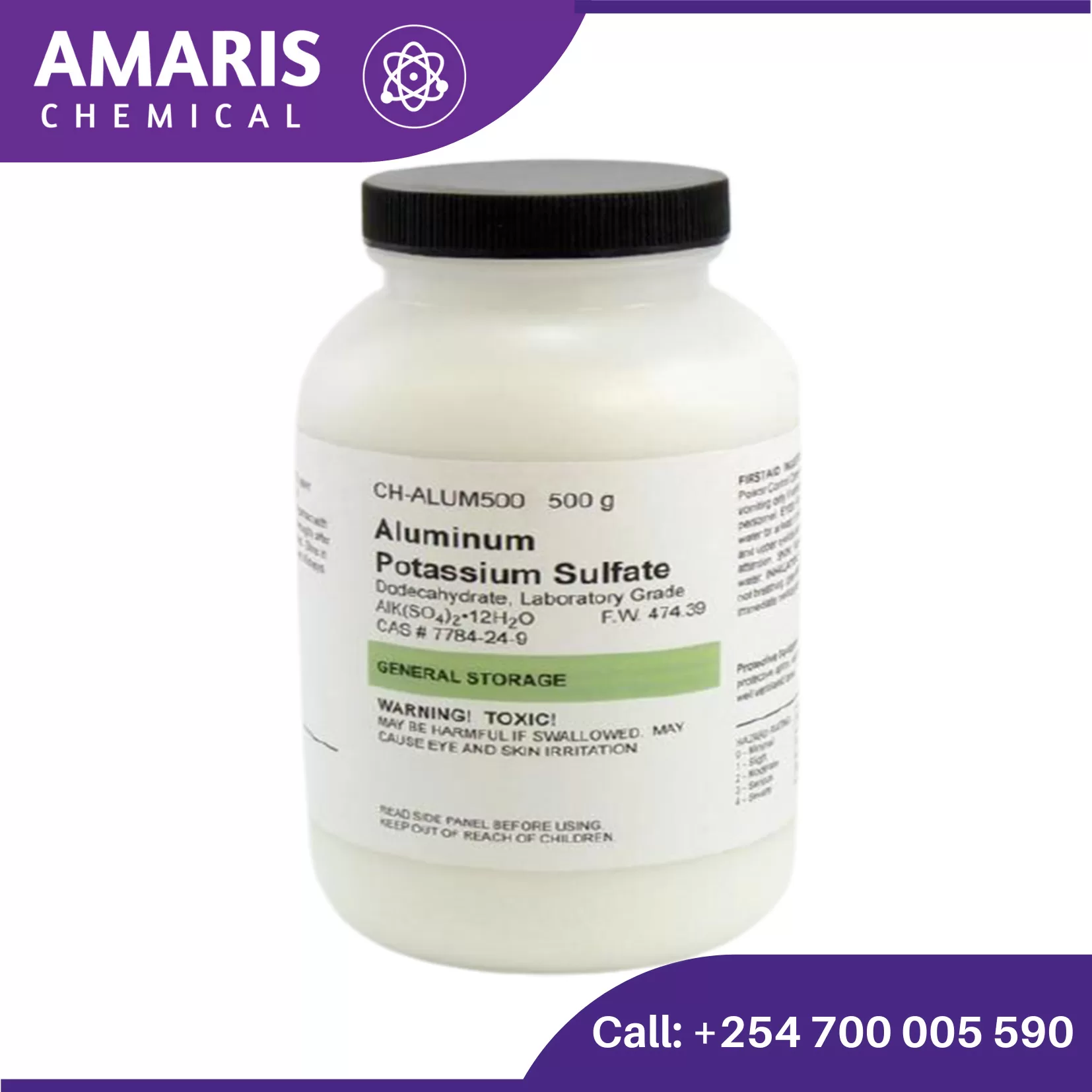
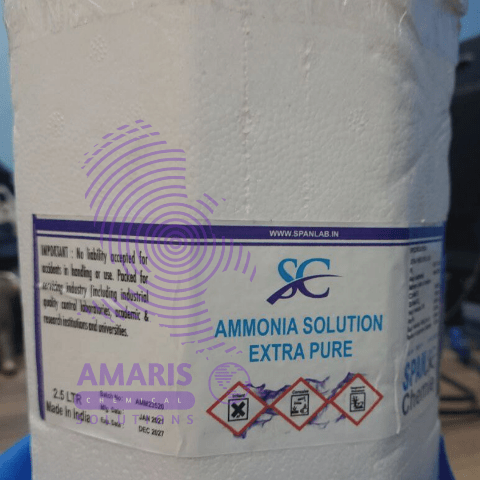

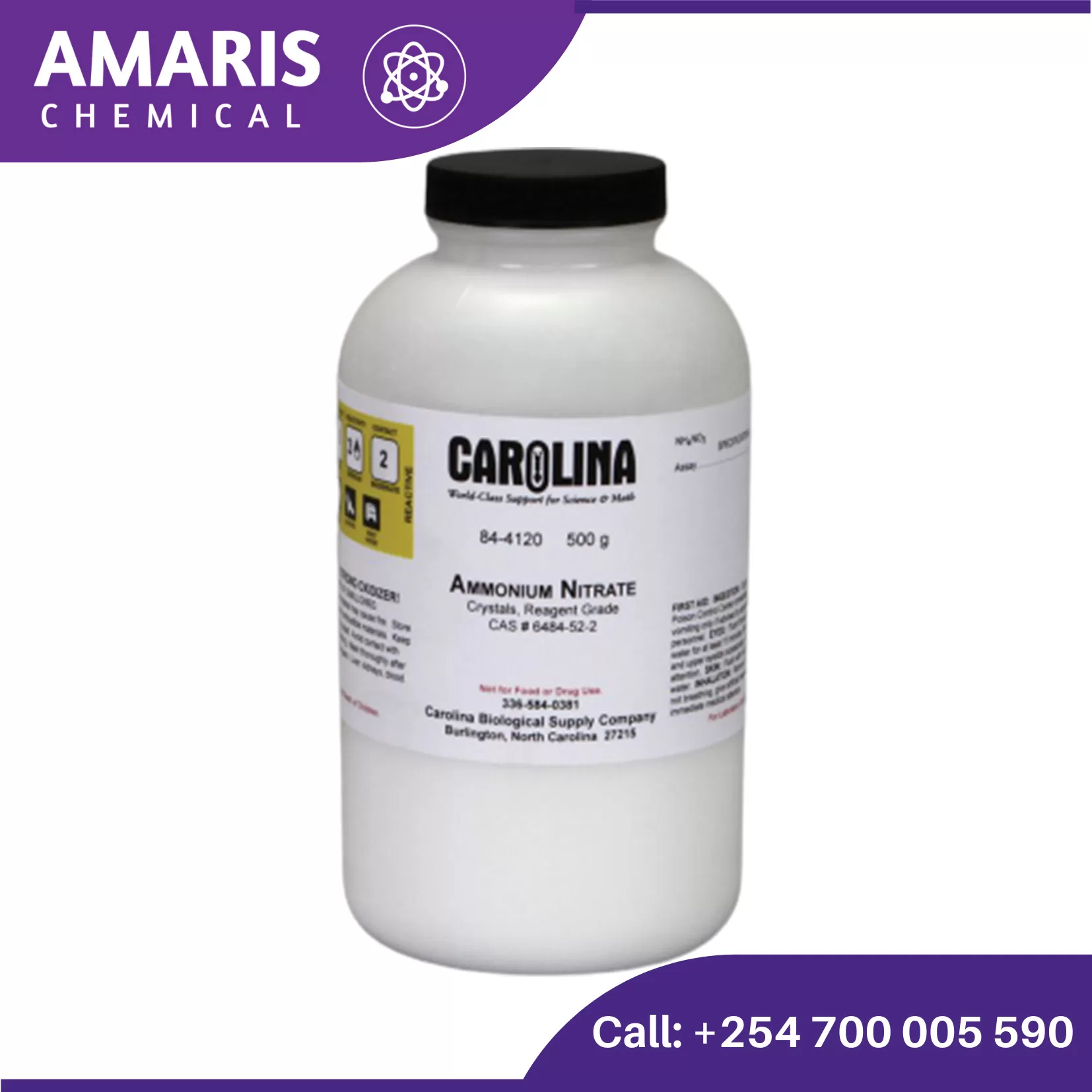
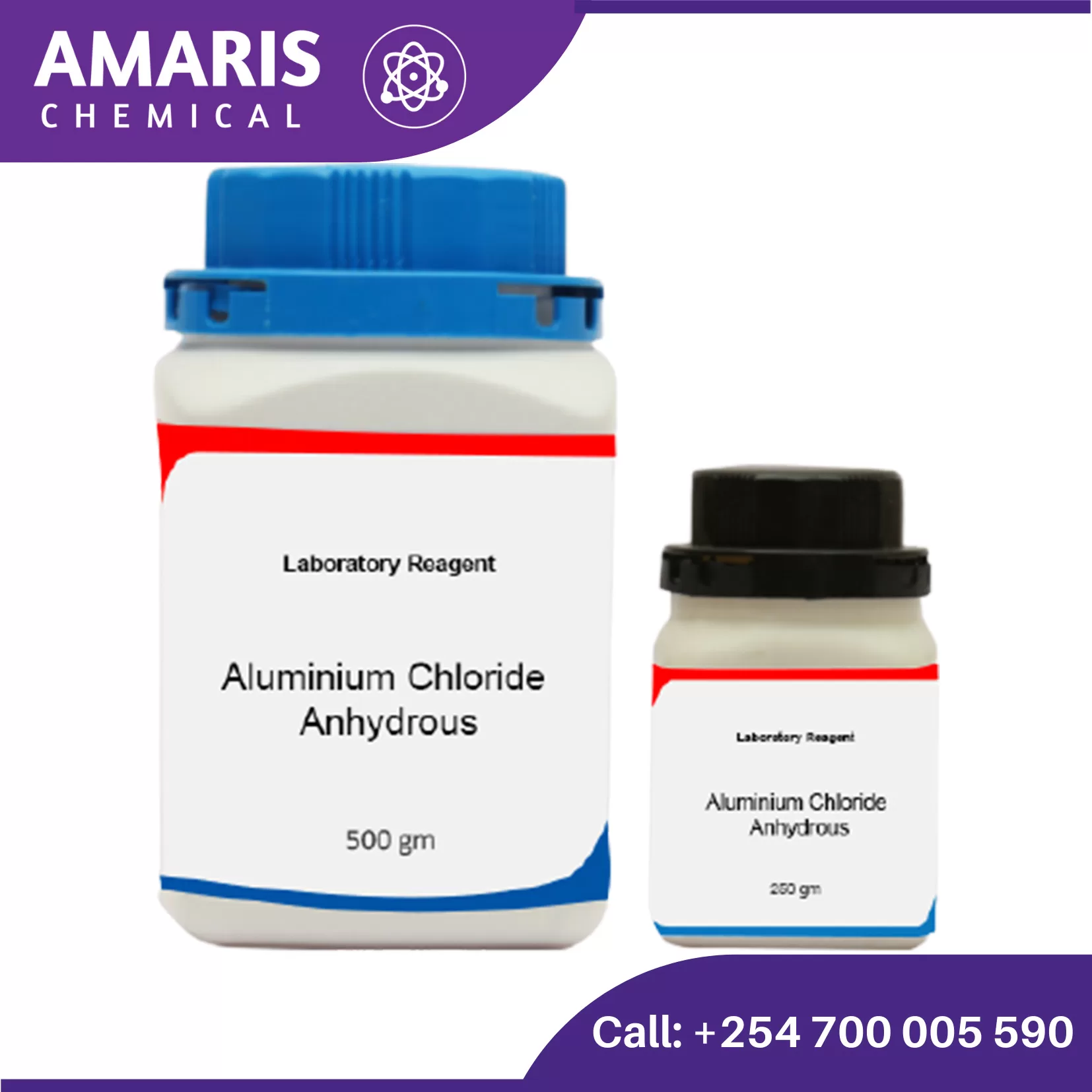
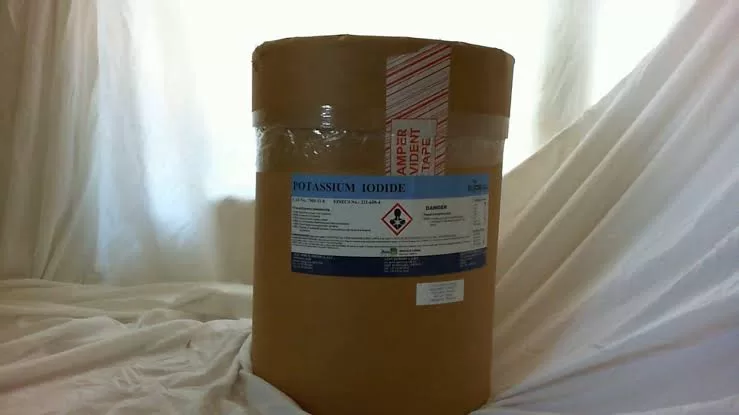
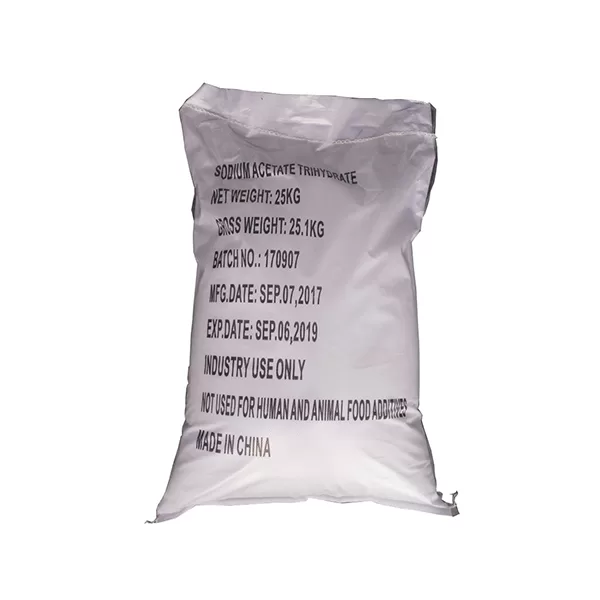









Reviews
There are no reviews yet.